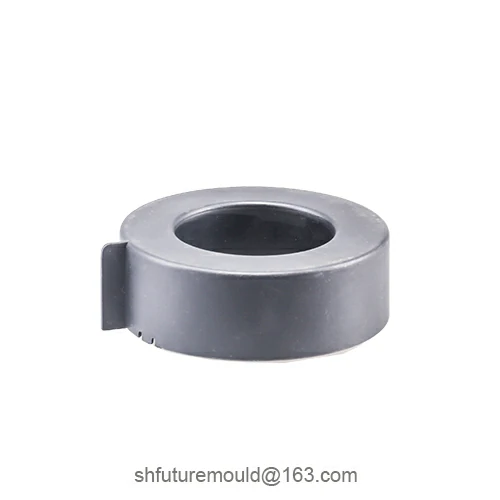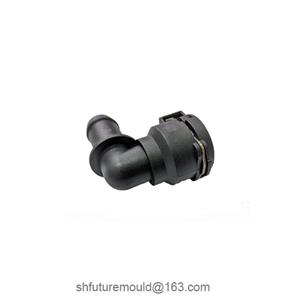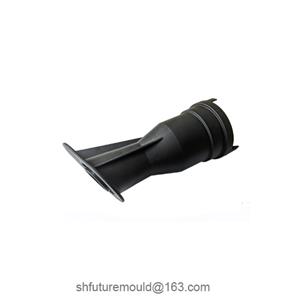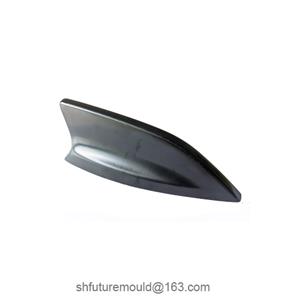Where Does the Gas Accumulated in Molds During Injection Molding Come From?
During the injection molding process, gas accumulation inside the mold is one of the primary causes of product defects. If these gases cannot be promptly expelled, they can lead to quality issues such as short shots, burn marks, bubbles, and visible weld lines.
I. Gas Sources from Raw Materials
Moisture Absorption by Plastic Pellets
Hygroscopic materials like PA (nylon) and PET absorb moisture from the air during storage. This moisture vaporizes into steam when heated.
Volatilization of Additives
Auxiliary materials such as color masterbatches, flame retardants, and plasticizers decompose and release gases under high temperatures.
Thermal Decomposition of Materials
Localized overheating caused by shear heat from the screw (especially in heat-sensitive materials like PC and POM) generates decomposition gases when temperatures exceed critical thresholds.
II. Gas Entrapment Due to Mold Structure
Poor Venting at Cavity Endpoints
Gas pockets form where molten plastic fills last, such as the end of the main runner or intersections of ribs.
Defective Venting System Design
Insufficient venting groove depth (typically 0.02–0.04 mm), inadequate venting area, or improper vent placement.
Clearance Between Inserts
Gaps between movable sliders, ejector pins, and mold cores act as reverse traps for gas escape.
III. Gas Generation Caused by Process Parameters
Excessive Injection Speed
High-speed filling entrains air into the melt, creating turbulent flow.
Insufficient Holding Pressure
Fails to compress micro-bubbles in the melt effectively.
Low Screw Back Pressure
Fails to expel volatile components from the melt during plasticization.
Mold Temperature Control
Overly low mold temperatures cause rapid solidification of the melt surface, sealing off venting channels.
- Injection Mold
- Automotive Injection Mold
- Electronics & Electrical Injection Mold
- Consumer Goods Injection Mold
- Airplane Components Injection Mold
- Medical Components Injection Mold
- Irrigation Components Injection Mold
- Injection Molds




